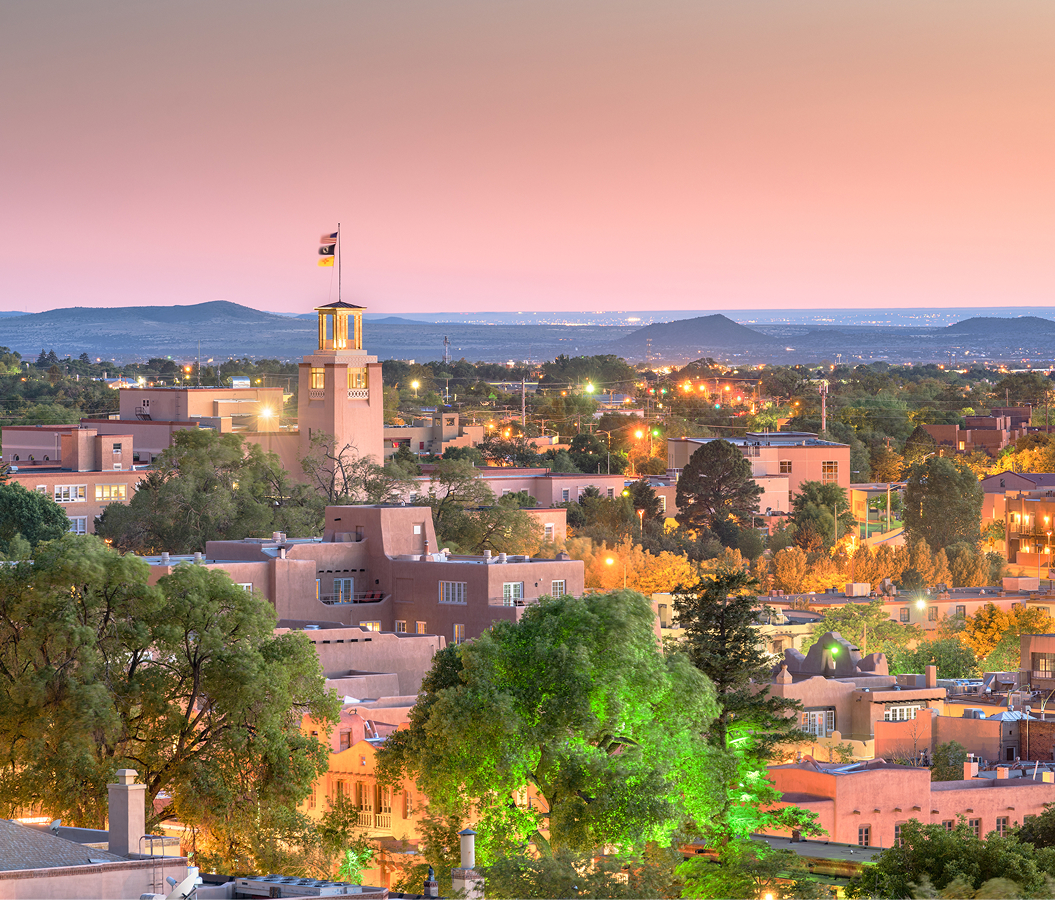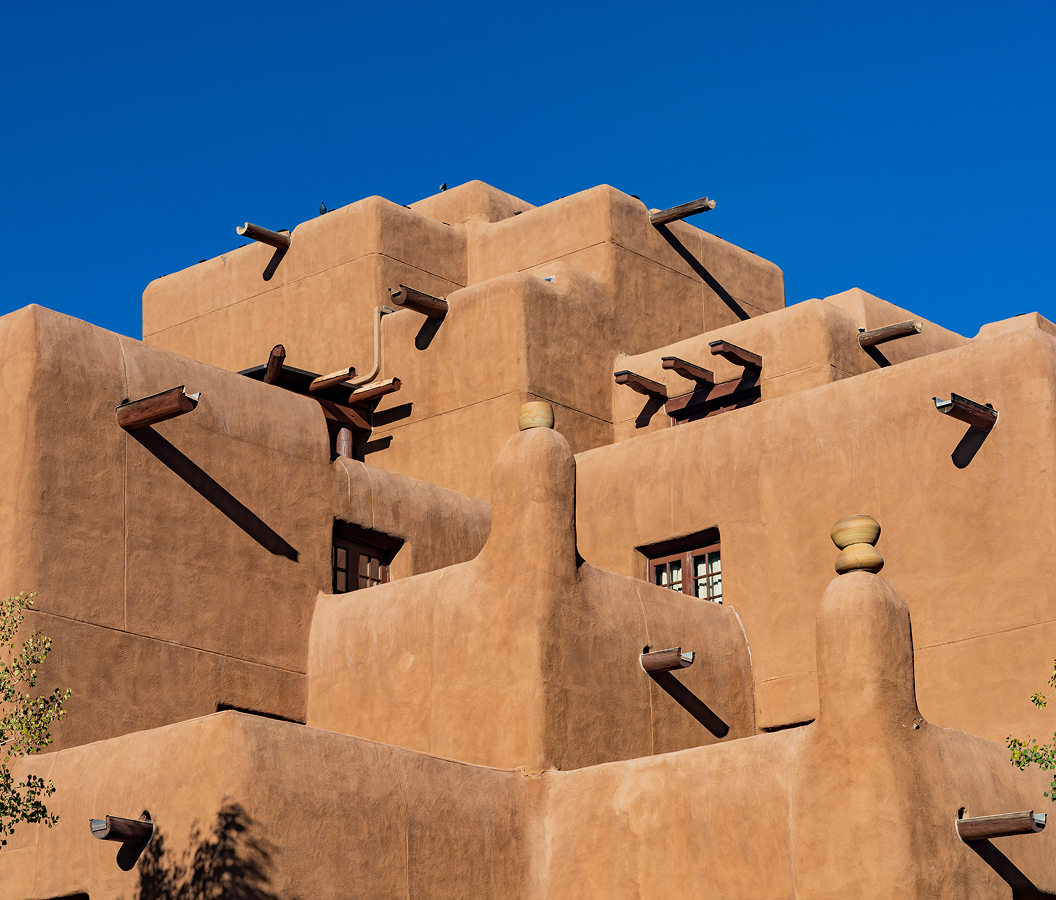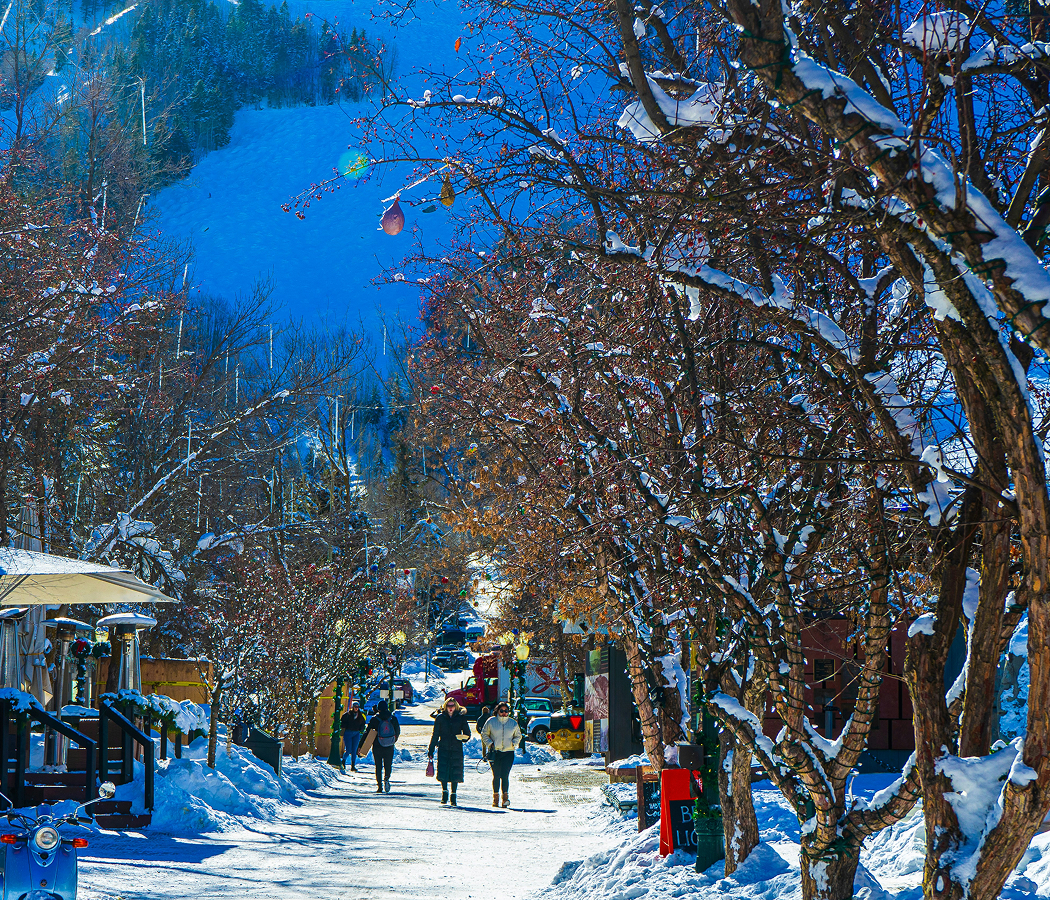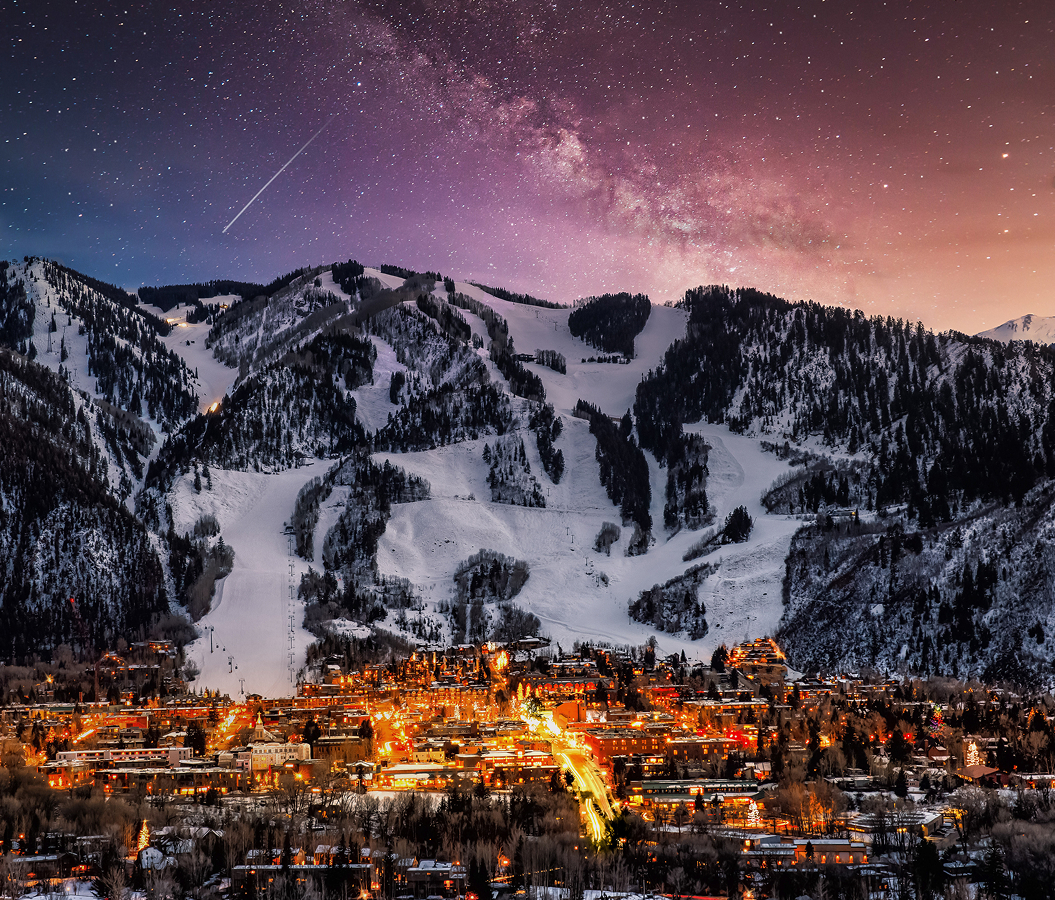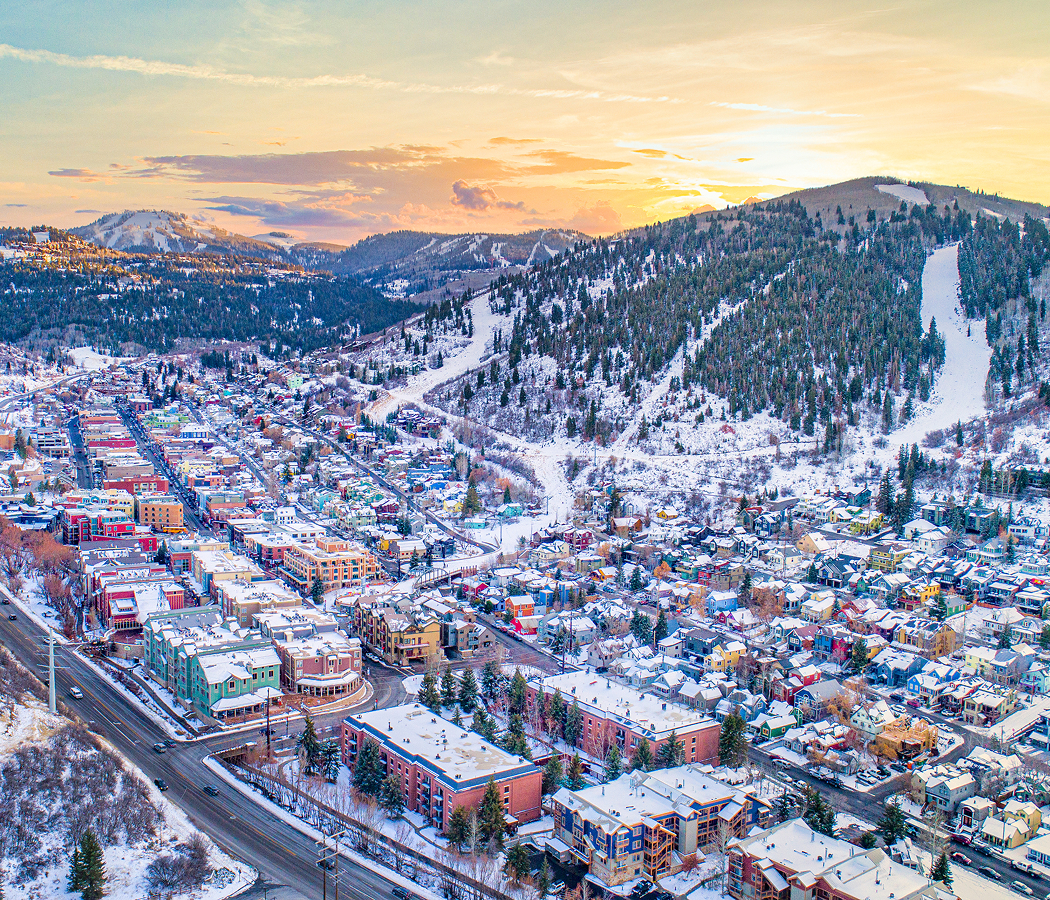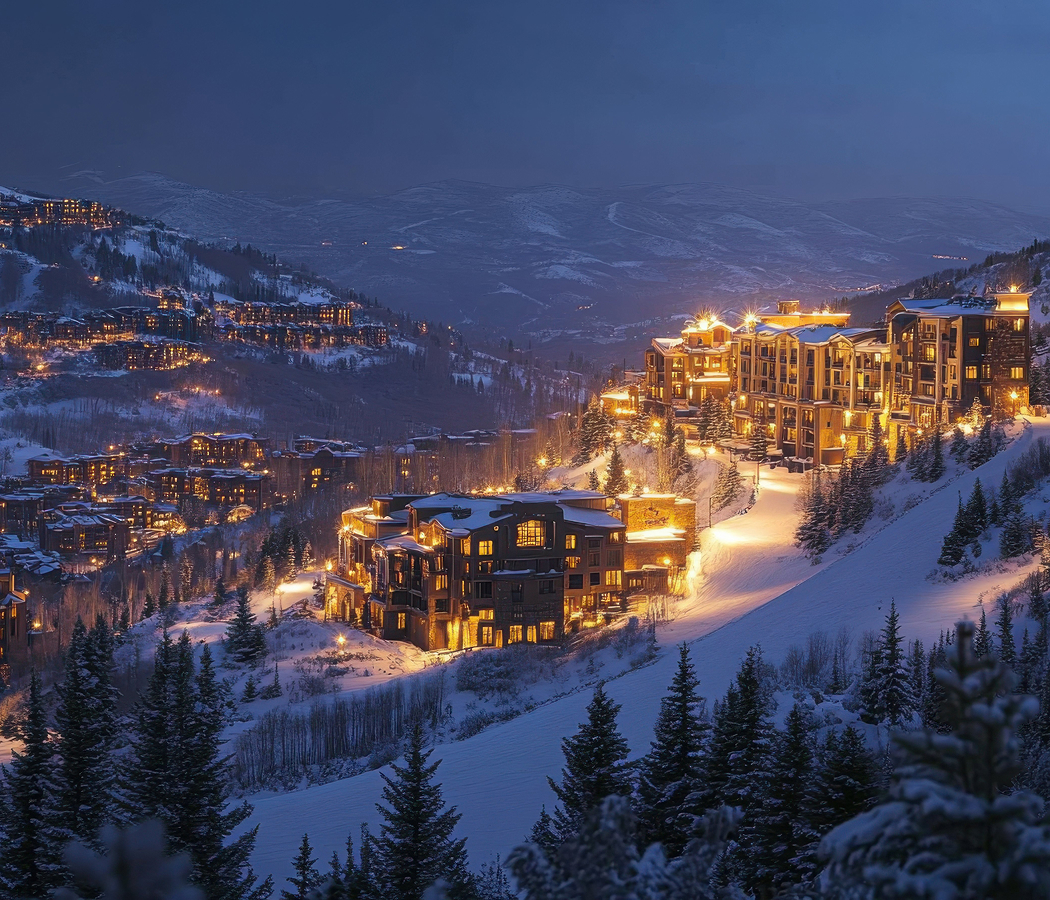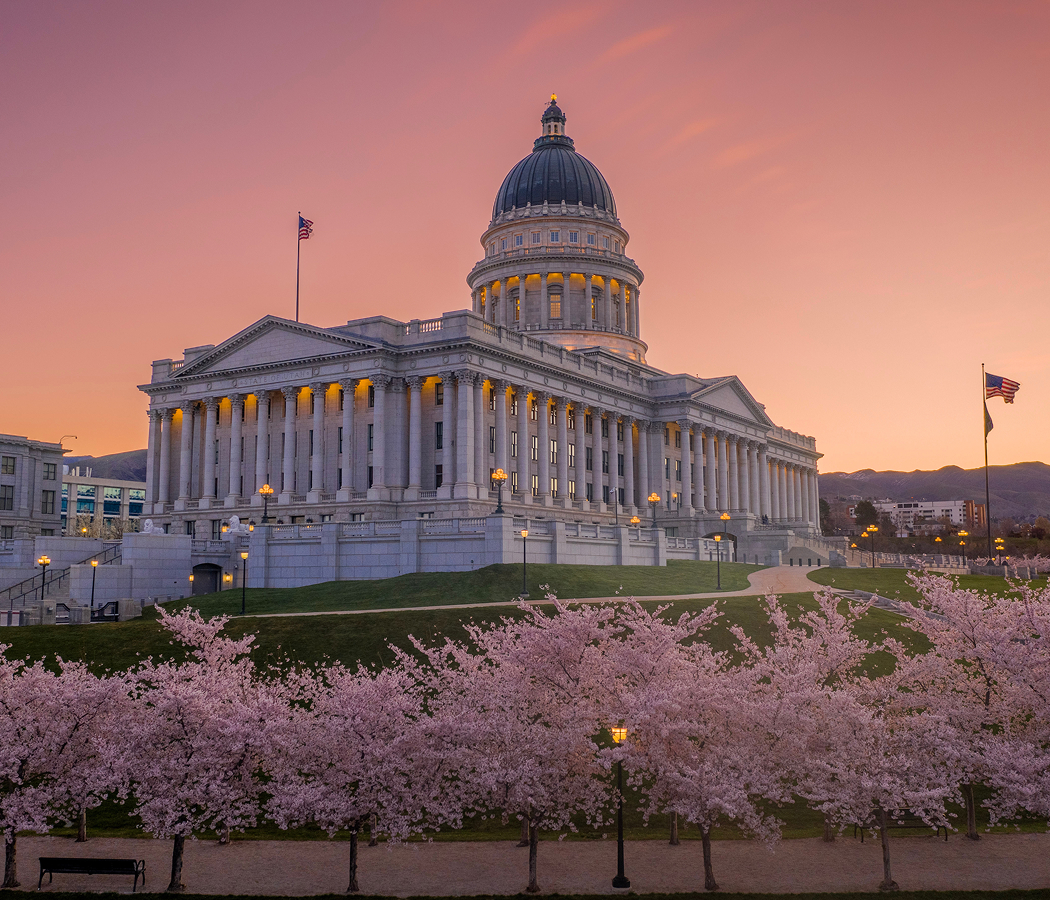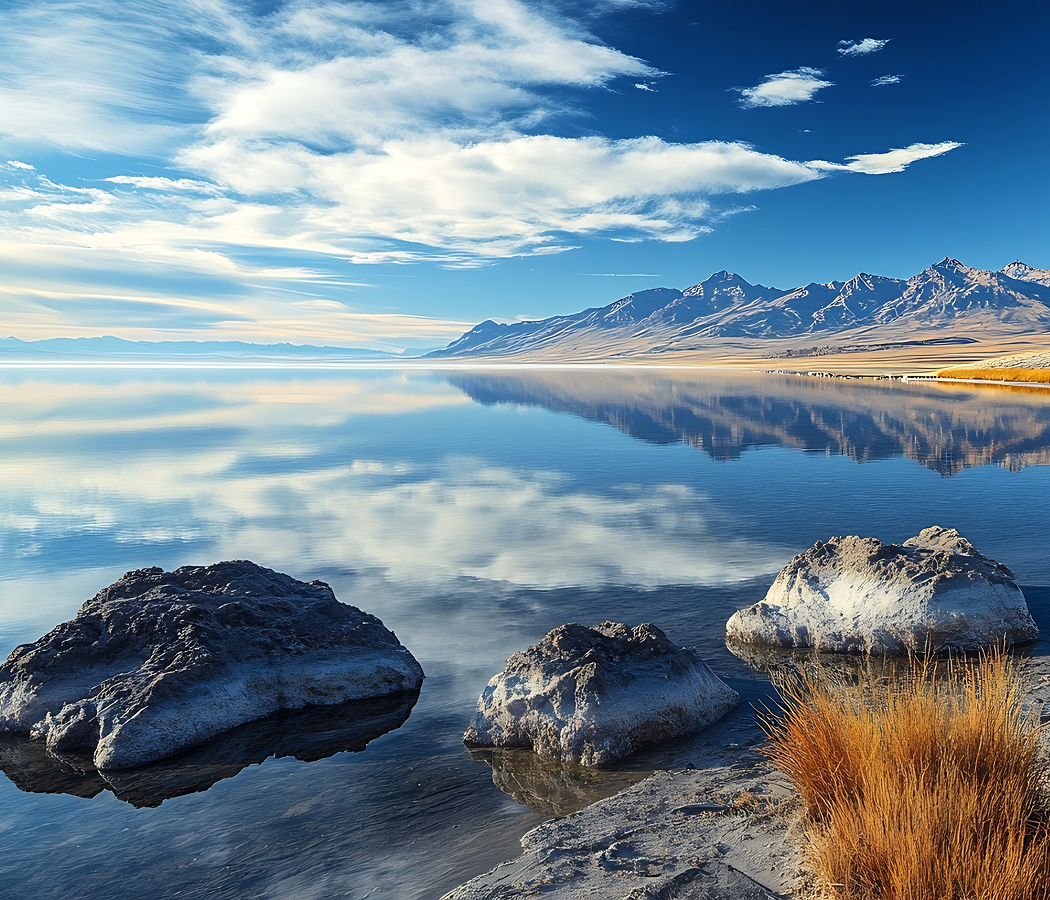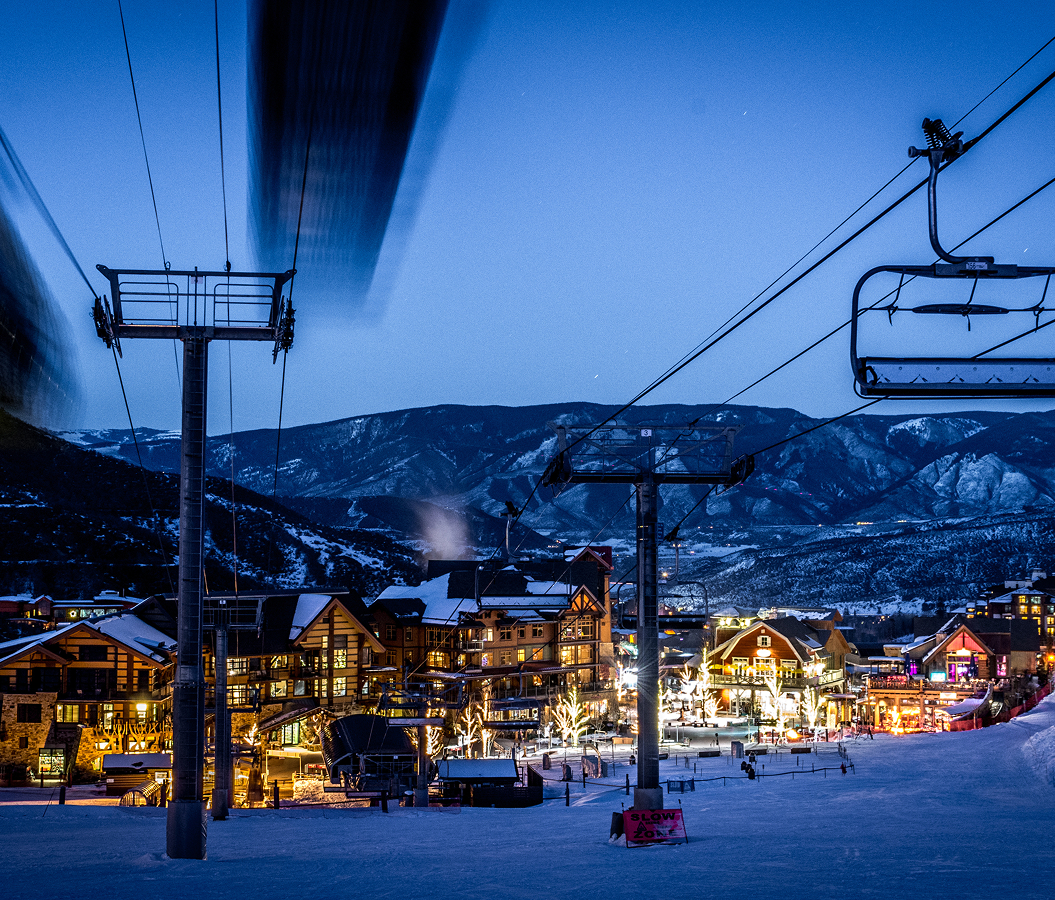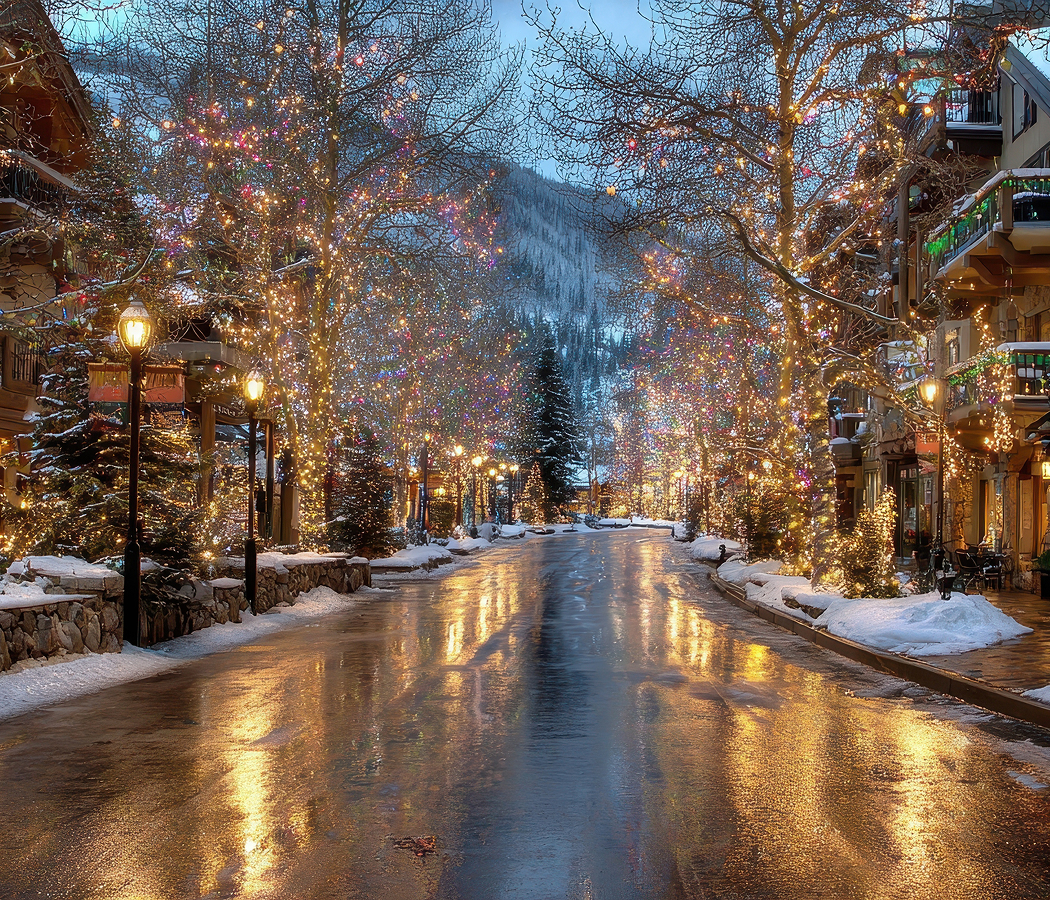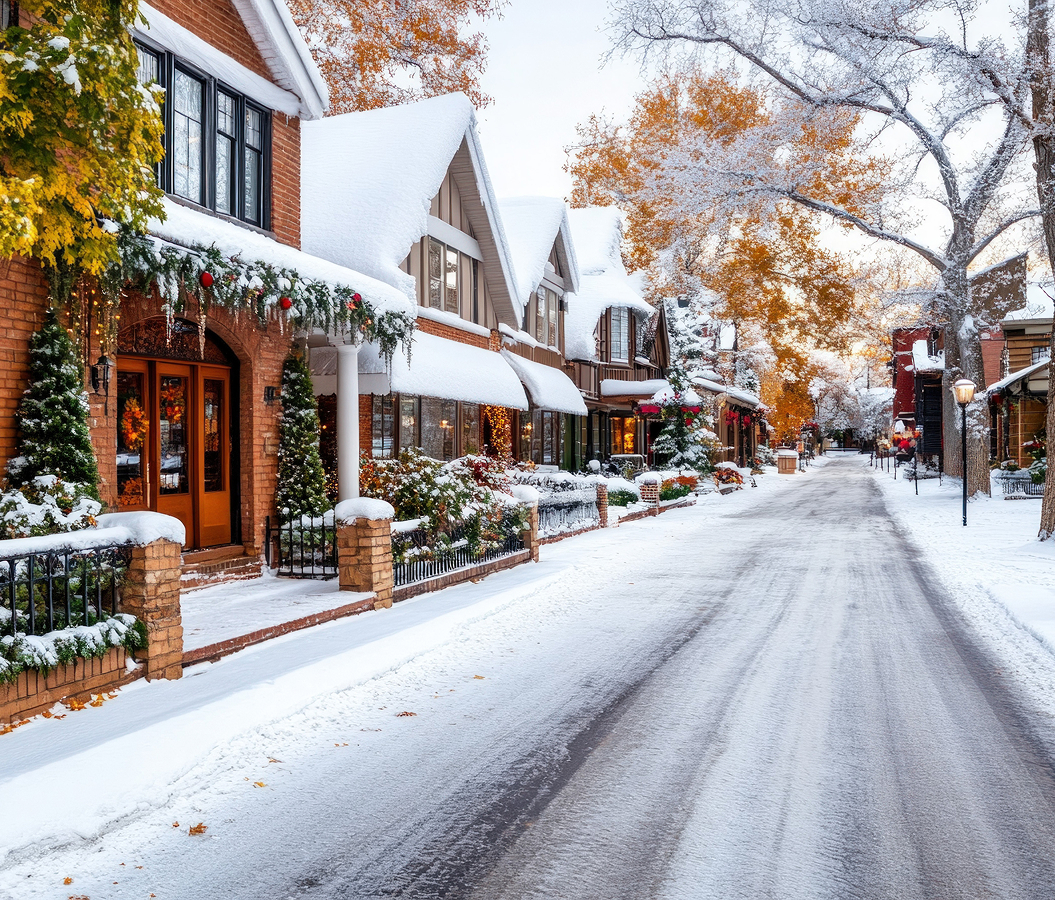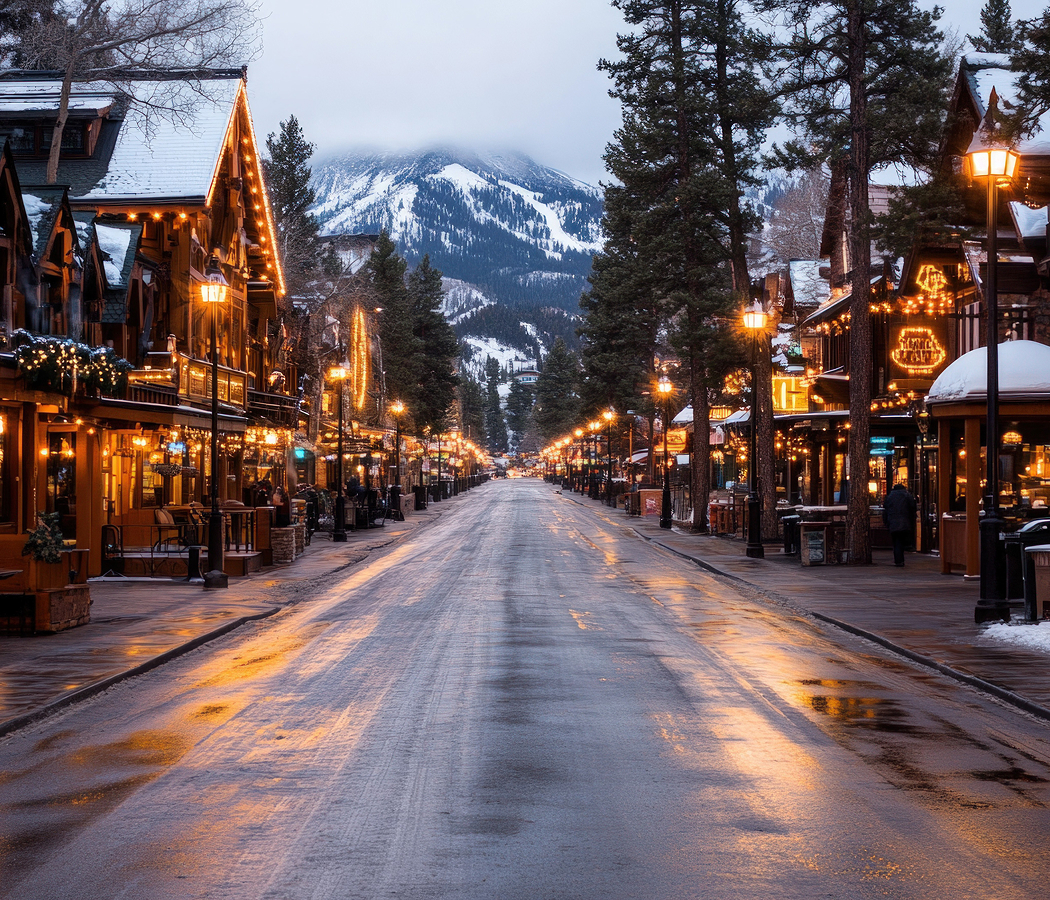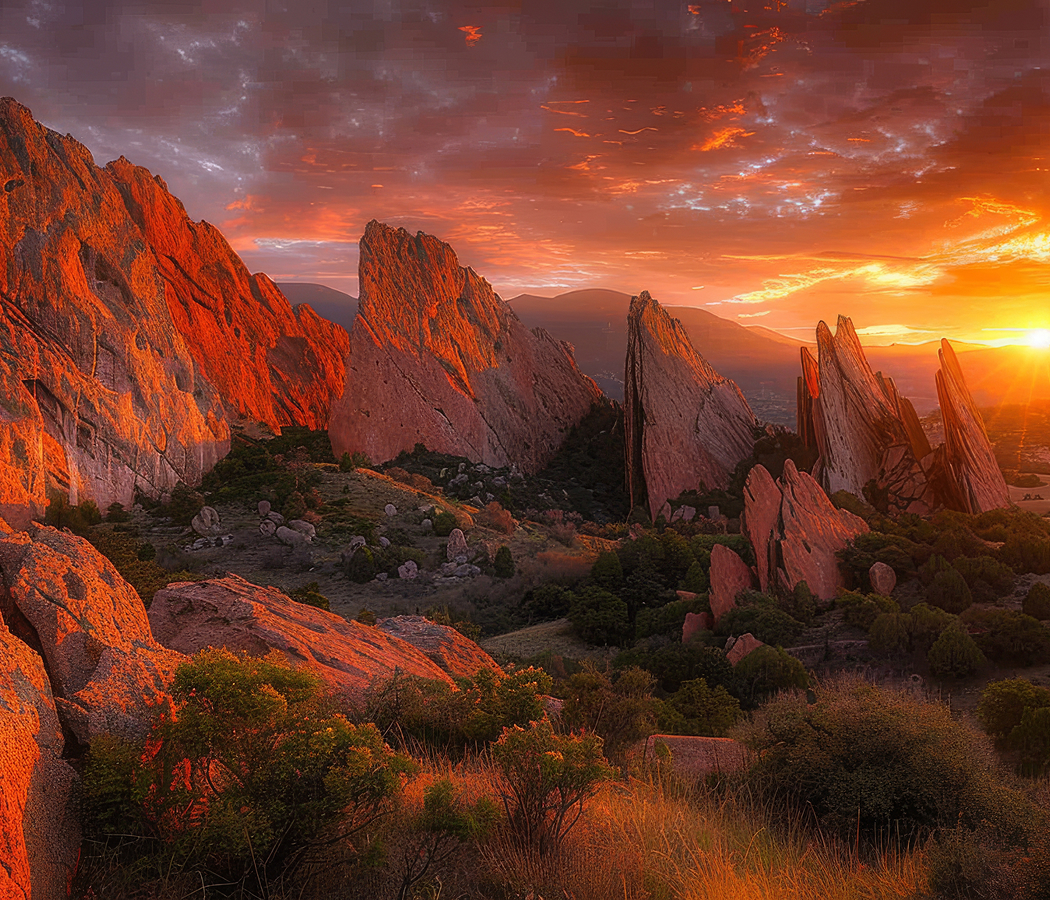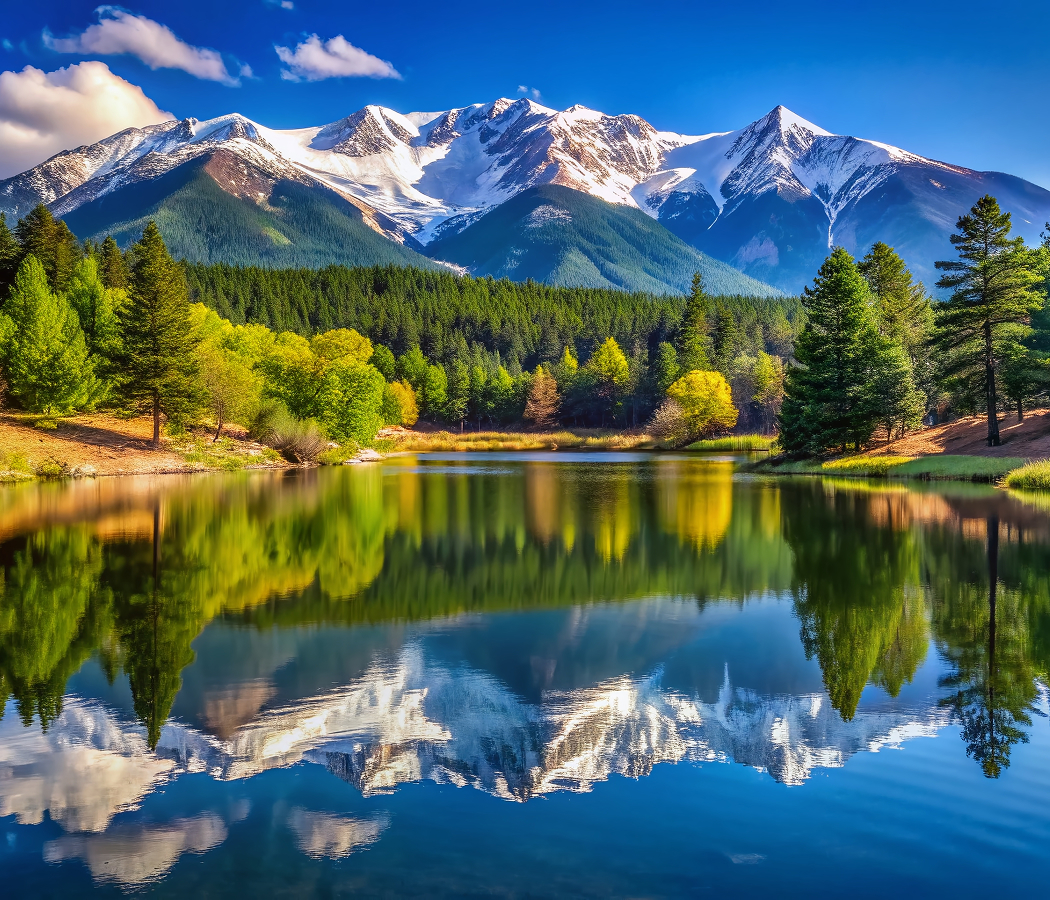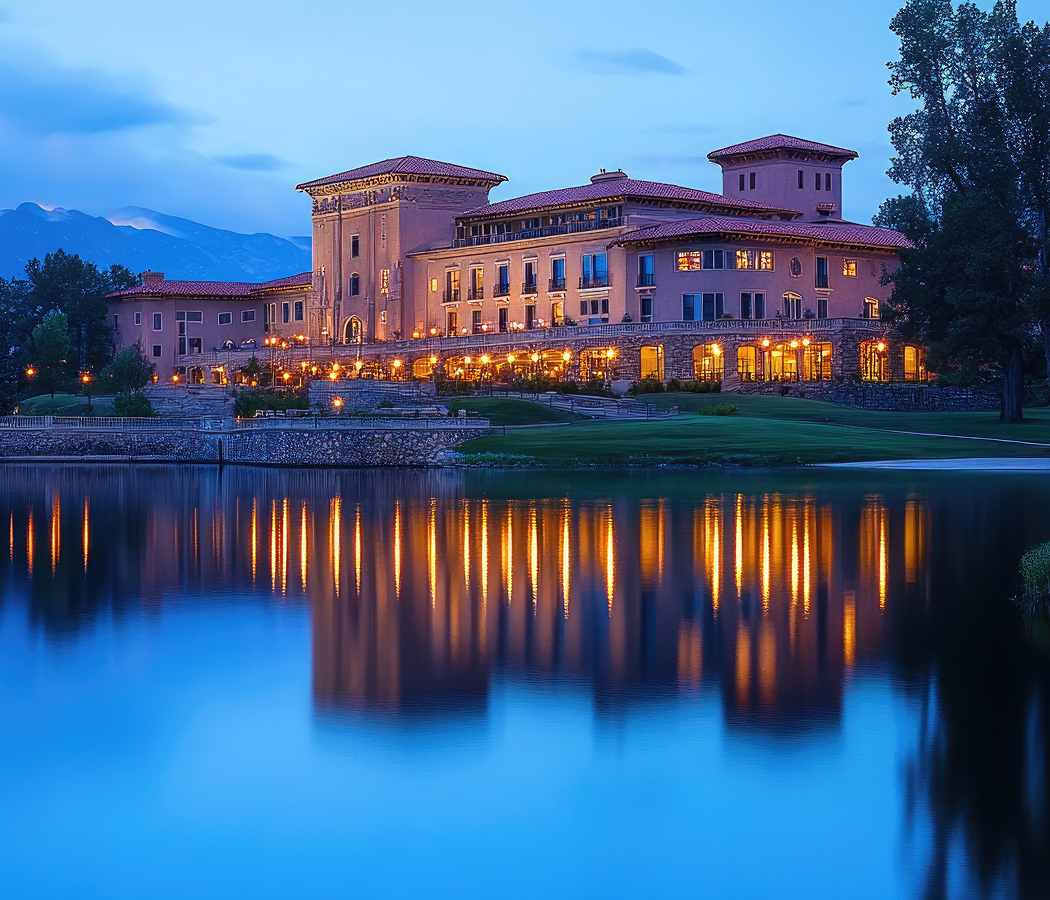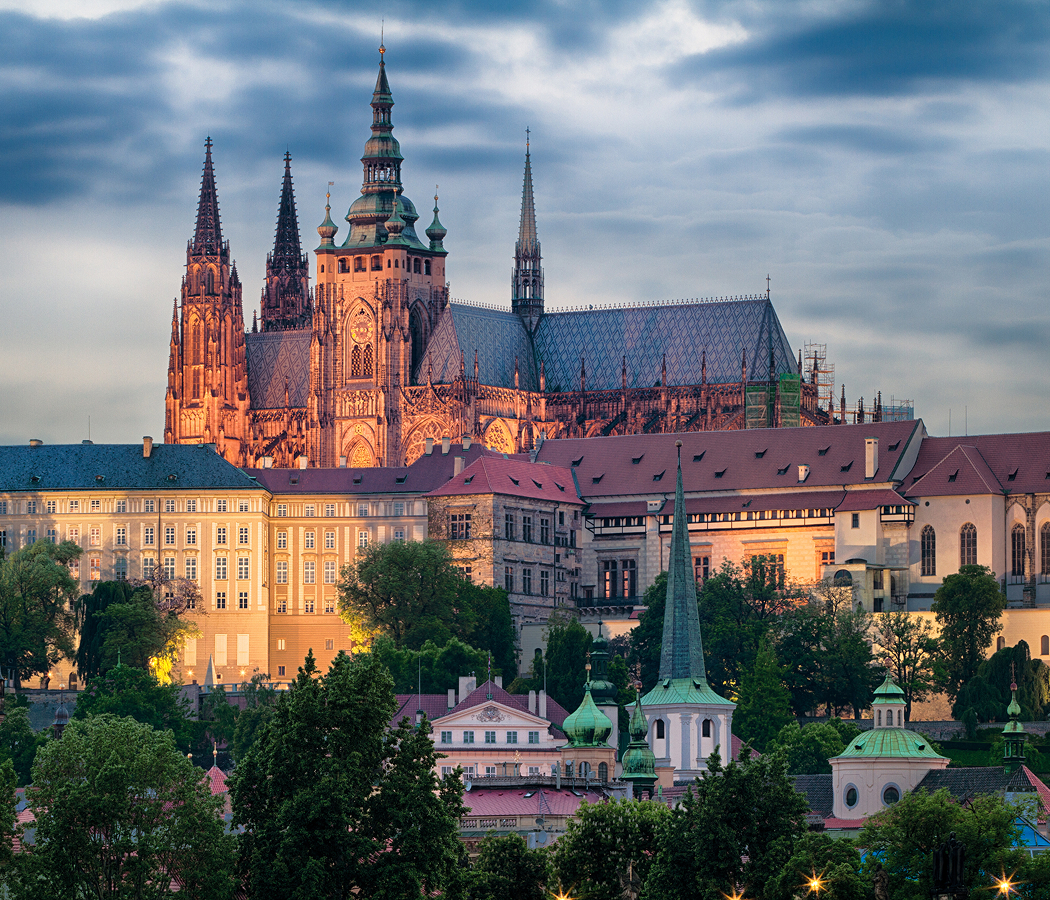
Why you should experience Kasha-Katuwe Tent Rocks National Monument in New Mexico.
Tucked between Santa Fe and Albuquerque, Kasha-Katuwe Tent Rocks National Monument feels like stepping onto another planet, a silent cathedral of stone sculpted by wind, fire, and time.
Rising from the high desert of New Mexico, these otherworldly formations, the “tent rocks”, stand as natural monuments to geologic patience. Their layered cones of volcanic tuff and pumice, topped with boulder “caps,” look like a surreal army of stone sentinels frozen mid-march. Walking through the slot canyons beneath them, you feel both dwarfed and humbled. Light filters down in ribbons, painting the canyon walls in shifting shades of rose, ochre, and silver. The air hums with stillness, broken only by the sound of boots crunching against sand and the distant whisper of wind through the cliffs. To the Pueblo de Cochiti people, whose ancestral lands cradle the monument, Kasha-Katuwe, meaning “white cliffs”, is sacred ground, a living testament to the spiritual bond between land and sky. Every curve and shadow in the rock seems alive with quiet reverence, a reminder that nature’s art predates our own by millennia.
What you didn’t know about Kasha-Katuwe Tent Rocks.
The beauty of Kasha-Katuwe Tent Rocks is rooted in its violent birth, a landscape shaped by volcanic fury and slow erosion.
About seven million years ago, eruptions from the nearby Jemez volcanic field blanketed this region with layers of ash, pumice, and lava. Over time, wind and rain carved through the soft tuff, leaving behind the distinctive cone-shaped hoodoos that define the monument today. Some stand over ninety feet tall, their delicate caps balancing like stone crowns. The stark banding visible in the cliffs tells a story of ancient eruptions, each layer a page in New Mexico’s geologic diary. The monument’s slot canyons, narrow, twisting passages between walls that sometimes squeeze down to shoulder width, were carved by centuries of flash floods. These tight corridors create a sense of intimacy with the land, forcing visitors to move slowly, to touch the smooth walls and feel the power of erosion at their fingertips. But Kasha-Katuwe’s story isn’t just geological, it’s cultural. For generations, the Cochiti Pueblo people have regarded these formations as sacred, part of a larger spiritual landscape that connects mountains, sky, and ancestral memory. Their respect for the land is visible in how carefully the monument is managed today: co-stewarded by the Bureau of Land Management and the Pueblo itself, ensuring that preservation and reverence go hand in hand.
How to fold Kasha-Katuwe Tent Rocks into your trip.
A visit to Kasha-Katuwe Tent Rocks National Monument is one of those rare adventures that unites the physical and the transcendent.
The journey begins with a drive through the high desert along Cochiti Pueblo, where sagebrush and piñon trees frame the road. From the parking area, two main trails await: the Cave Loop Trail, an easy, meditative walk past hoodoos and small caves, and the Slot Canyon Trail, a moderate hike that weaves through narrow passages before climbing steeply to a panoramic viewpoint 650 feet above the canyon floor. The climb rewards you with a view that feels infinite, an ocean of sculpted stone spreading toward the Jemez Mountains, with the Sandias and Sangre de Cristos rising faintly in the distance. Bring plenty of water, a hat, and patience; this is a place best experienced slowly, with reverence for the land beneath your feet. Early morning or late afternoon offers the most magical light, when the rocks glow golden and the air carries a cool desert calm. Afterward, stop by Cochiti Lake nearby, a peaceful reservoir perfect for kayaking or reflection. Or drive onward to Santa Fe, where adobe walls and art galleries echo the same earthy palette as Tent Rocks themselves. Kasha-Katuwe is more than a hike, it’s a communion with deep time, a reminder that every grain of sand was once fire, and every quiet canyon holds the echo of creation itself.
Hear it from the Foresyte community.
Feels like you’re walking through some Star Wars set nobody ever cleaned up. The rocks twist up like soft serve cones and every turn looks made for Instagram. Get ready to sweat, but it’s worth it.
Where meaningful travel begins.
Start your journey with Foresyte, where the planning is part of the magic.
Discover the experiences that matter most.

